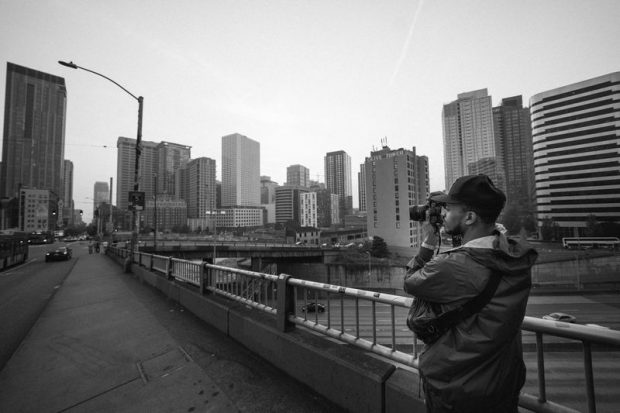The Facts About Framing Streets Uncovered
The Framing Streets Diaries
Table of ContentsFraming Streets for DummiesAn Unbiased View of Framing StreetsHow Framing Streets can Save You Time, Stress, and Money.What Does Framing Streets Mean?The smart Trick of Framing Streets That Nobody is DiscussingThe 2-Minute Rule for Framing Streets
Digital photography category "Crufts Dog Show 1968" by Tony Ray-Jones Road digital photography (likewise sometimes called honest photography) is digital photography conducted for art or questions that includes unmediated opportunity experiences and arbitrary occurrences within public places, generally with the objective of catching pictures at a decisive or poignant moment by careful framework and timing. 
, that was influenced to take on a similar documentation of New York City. As the city established, Atget helped to advertise Parisian streets as a worthy topic for digital photography.

Framing Streets Can Be Fun For Anyone
Martin is the first videotaped digital photographer to do so in London with a disguised camera. Mass-Observation was a social research study organisation established in 1937 which aimed to tape daily life in Britain and to tape the reactions of the 'man-in-the-street' to King Edward VIII's abdication in 1936 to wed separation Wallis Simpson, and the succession of George VI. The chief Mass-Observationists were anthropologist Tom Harrisson in Bolton and poet Charles Madge in London, and their initial report was produced as guide "May the Twelfth: Mass-Observation Day-Surveys 1937 by over 2 hundred viewers" [] Home window cleaner at Kottbusser Tor, Berlin, by Elsa Thiemann c. 1946 The post-war French Humanist Institution digital photographers found their topics on the road or in the bistro. In between 1946 and 1957 Le Groupe des XV annually exhibited work of this kind. Andre Kertesz. Full Article Circus, Budapest, 19 May 1920 Road digital photography developed the major content of two events at the Museum of Modern Art (Mo, MA) in New york city curated by Edward Steichen, 5 French Photographers: Brassai; Cartier-Bresson, Doisneau, Ronis, Izis in 1951 to 1952, and Post-war European Photography in 1953, which exported the principle of road photography worldwide.

Fascination About Framing Streets
The recording maker was 'a concealed video camera', a 35 mm Contax hidden beneath his layer, that was 'strapped to the upper body and linked to a lengthy cord strung down the appropriate sleeve'. Nevertheless, his job had little modern impact as because of Evans' level of sensitivities regarding the creativity of his job and the privacy of his subjects, it was not released up until 1966, in guide Numerous Are Called, with an introduction written by James Agee in 1940.
Helen Levitt, then an educator of young children, linked with Evans in 193839. She recorded the transitory chalk illustrations - Best Zoom Lens that were part of children's street culture in New York at the time, along with the children that made them. In July 1939, Mo, MA's new photography section included Levitt's job in its inaugural exhibitionRobert Frank's 1958 publication,, was substantial; raw and usually out of focus, Frank's images examined traditional digital photography of the moment, "tested all the formal regulations put down by Henri Cartier-Bresson and Walker Evans" and "contradicted the wholesome pictorialism and genuine photojournalism of American magazines like LIFE and Time".